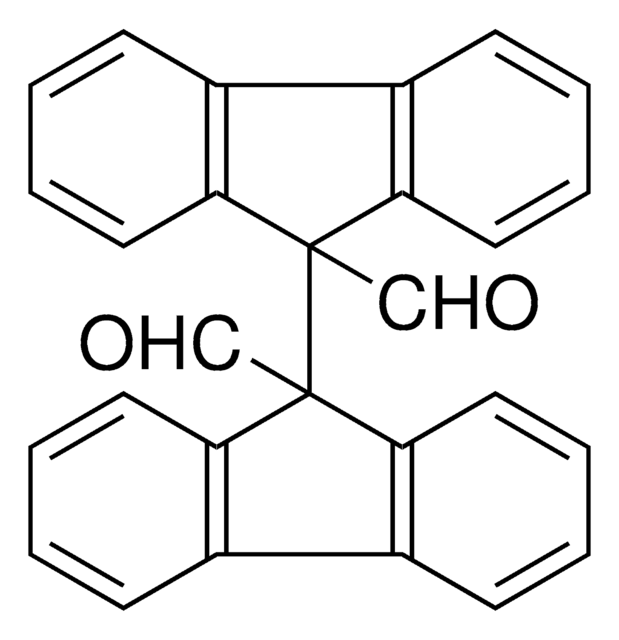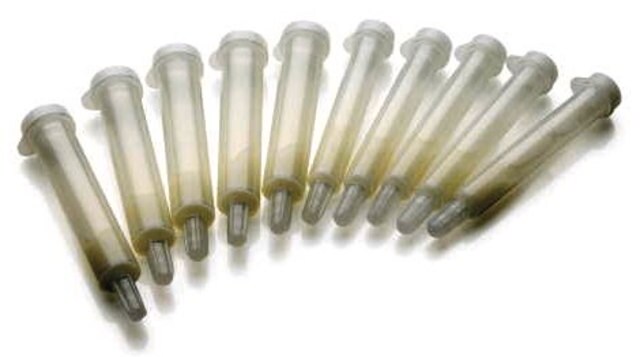C1832
Cyclosporin A
BioReagent, from Tolypocladium inflatum, for molecular biology, ≥95%
Synonyme(s) :
Antibiotic S 7481F1, Cyclosporine
About This Item
Produits recommandés
Source biologique
Tolypocladium inflatum
Niveau de qualité
Qualité
for molecular biology
Gamme de produits
BioReagent
Pureté
≥95%
Forme
powder
Technique(s)
drug transporter assay: suitable
Solubilité
dichloromethane: 9.80-10.20 mg/mL, clear, colorless to faintly yellow
Adéquation
corresponds to standard
suitable for molecular biology
Spectre d'activité de l'antibiotique
fungi
Mode d’action
enzyme | inhibits
Température de stockage
2-8°C
Chaîne SMILES
CC[C@@H]1NC(=O)[C@H]([C@H](O)[C@H](C)C\C=C\C)N(C)C(=O)[C@H](C(C)C)N(C)C(=O)[C@H](CC(C)C)N(C)C(=O)[C@H](CC(C)C)N(C)C(=O)[C@@H](C)NC(=O)[C@H](C)NC(=O)[C@H](CC(C)C)N(C)C(=O)[C@@H](NC(=O)[C@H](CC(C)C)N(C)C(=O)CN(C)C1=O)C(C)C
InChI
1S/C62H111N11O12/c1-25-27-28-40(15)52(75)51-56(79)65-43(26-2)58(81)67(18)33-48(74)68(19)44(29-34(3)4)55(78)66-49(38(11)12)61(84)69(20)45(30-35(5)6)54(77)63-41(16)53(76)64-42(17)57(80)70(21)46(31-36(7)8)59(82)71(22)47(32-37(9)10)60(83)72(23)50(39(13)14)62(85)73(51)24/h25,27,34-47,49-52,75H,26,28-33H2,1-24H3,(H,63,77)(H,64,76)(H,65,79)(H,66,78)/b27-25+/t40-,41+,42-,43+,44+,45+,46+,47+,49+,50+,51+,52-/m1/s1
Clé InChI
PMATZTZNYRCHOR-CGLBZJNRSA-N
Informations sur le gène
human ... PPIA(5478)
Vous recherchez des produits similaires ? Visite Guide de comparaison des produits
Catégories apparentées
Description générale
Application
- Using in in vivo Neovascularization Assay, to subcutaneously inject the mice daily for suppressing the immune response.
- Measuring the multiple drug resistance transporter activity in putative cancer stem/progenitor cells.
- mRNA transcription studies
- analytical standard
Actions biochimiques/physiologiques
Mention d'avertissement
Danger
Mentions de danger
Conseils de prudence
Classification des risques
Acute Tox. 4 Oral - Carc. 1B - Repr. 1B
Code de la classe de stockage
6.1C - Combustible acute toxic Cat.3 / toxic compounds or compounds which causing chronic effects
Classe de danger pour l'eau (WGK)
WGK 3
Équipement de protection individuelle
Eyeshields, Gloves, type P3 (EN 143) respirator cartridges
Certificats d'analyse (COA)
Recherchez un Certificats d'analyse (COA) en saisissant le numéro de lot du produit. Les numéros de lot figurent sur l'étiquette du produit après les mots "Lot" ou "Batch".
Déjà en possession de ce produit ?
Retrouvez la documentation relative aux produits que vous avez récemment achetés dans la Bibliothèque de documents.
Les clients ont également consulté
Notre équipe de scientifiques dispose d'une expérience dans tous les secteurs de la recherche, notamment en sciences de la vie, science des matériaux, synthèse chimique, chromatographie, analyse et dans de nombreux autres domaines..
Contacter notre Service technique










